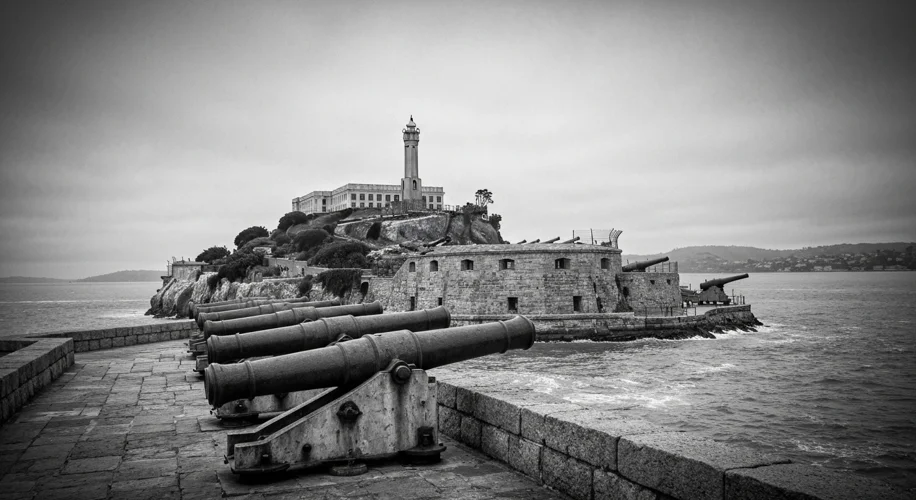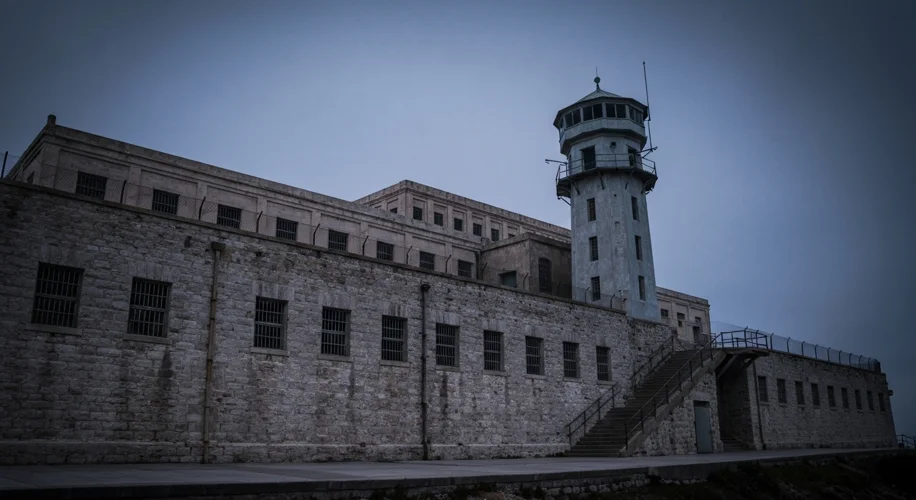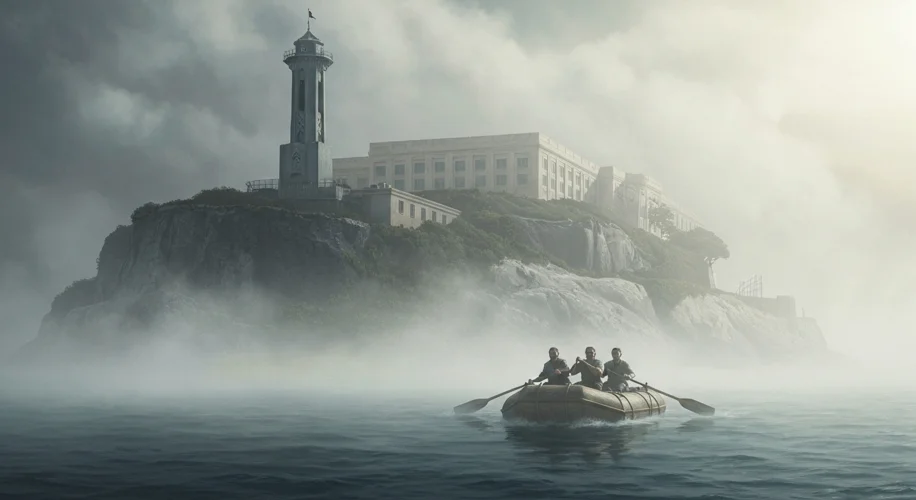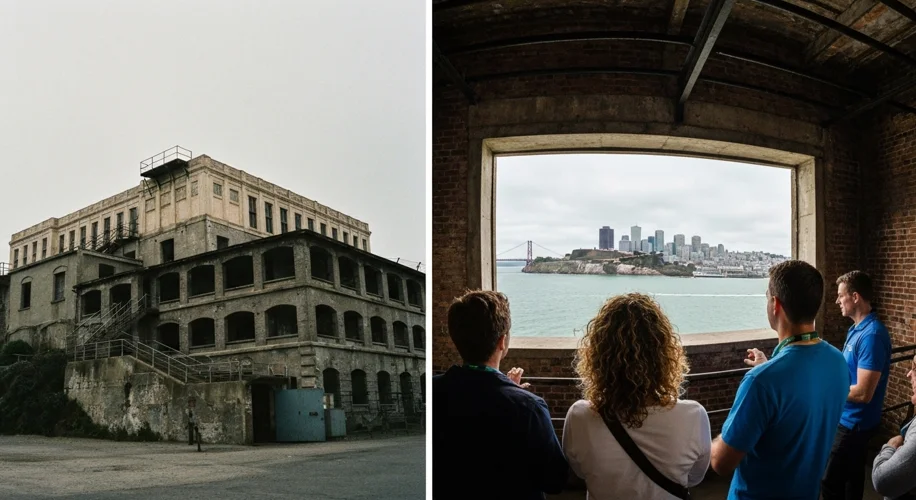Perched on a windswept rock in the frigid waters of San Francisco Bay, Alcatraz Island has cast a long shadow over American history. For decades, its name conjured images of impenetrable security and unrepentant criminals, a place where hope went to die. But beyond the grim reputation, lies a story of transformation – from a notorious federal penitentiary to one of the world’s most captivating tourist attractions.
Long before it became known as “The Rock,” Alcatraz served a more strategic purpose. In the mid-19th century, the U.S. Army established a fortress and prison on the island, recognizing its natural defenses. It was a crucial outpost during the Civil War, guarding the bay against Confederate sympathizers. Later, it housed military prisoners and even Native American leaders protesting federal policies, a stark foreshadowing of its future.

The island’s metamorphosis into a maximum-security federal penitentiary began in 1934. The Bureau of Prisons sought a facility that could house the nation’s most incorrigible offenders, men deemed too dangerous or escape-prone for other prisons. Alcatraz, with its isolation and unforgiving environment, was deemed the perfect solution. Warden James A. Johnston, a stern figure, was tasked with establishing a new regime. He aimed to break the defiant spirits of the inmates, fostering an atmosphere of strict discipline and control. The island’s cold currents, treacherous tides, and constant fog were themselves formidable deterrents to escape.
The prison’s roster read like a who’s who of notorious criminals. Al Capone, the infamous gangster, found himself incarcerated within its walls, alongside George “Machine Gun” Kelly, a notorious bank robber, and Robert Stroud, the “Birdman of Alcatraz,” who, ironically, was never allowed to keep birds on the island.

The daily life within Alcatraz was a study in routine and deprivation. Inmates endured silent meals, rigorous counts, and constant surveillance. Recreational time was limited, and communication with the outside world was virtually nonexistent. Despite the oppressive atmosphere, the allure of freedom remained. The most famous escape attempt occurred in June 1962, when Frank Morris and brothers Allen and John Anglin executed a meticulously planned breakout. Using a hidden tunnel and a makeshift raft, they vanished into the fog. Their fate remains a mystery, with authorities believing they perished in the bay, though no bodies were ever recovered.

Despite its formidable reputation, Alcatraz was not economically viable. The high cost of transporting supplies and personnel, coupled with the aging infrastructure, led to its closure as a federal penitentiary on March 21, 1963. The remaining inmates were transferred to other facilities, and the island fell silent once more.
For a period, Alcatraz became a symbol of Native American activism. In 1969, a group of Native Americans, calling themselves “Indians of All Tribes,” occupied the island, protesting federal policies and asserting their rights. The occupation lasted for 19 months, drawing national attention to the struggles of indigenous peoples.
In 1972, Alcatraz became part of the Golden Gate National Recreation Area, marking the beginning of its transformation into a public attraction. Millions of visitors now flock to the island each year, eager to walk the corridors, explore the cells, and imagine the lives of those who were once imprisoned there. Audio tours, narrated by former guards and inmates, bring the chilling history to life, allowing visitors to experience the palpable sense of isolation and the lingering echoes of the past.
Alcatraz’s journey from a symbol of ultimate punishment to a beloved tourist destination is a testament to its enduring mystique. It stands as a powerful reminder of a bygone era, a place where history whispers from every cell, inviting us to reflect on justice, confinement, and the unyielding human spirit.

